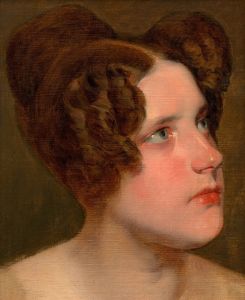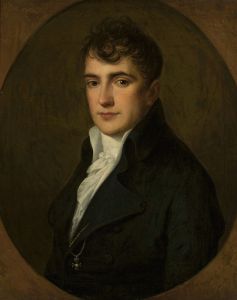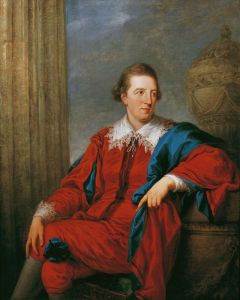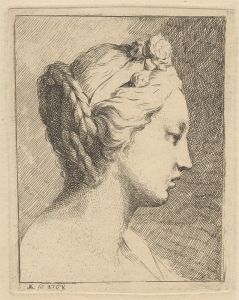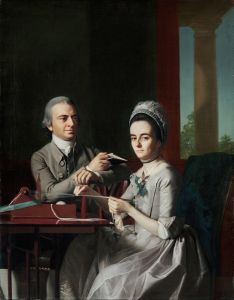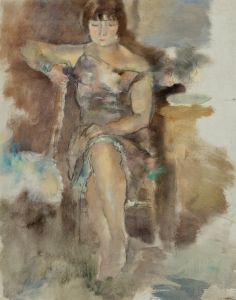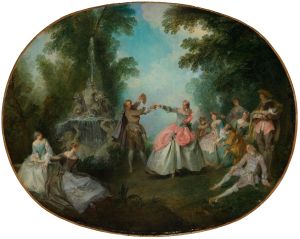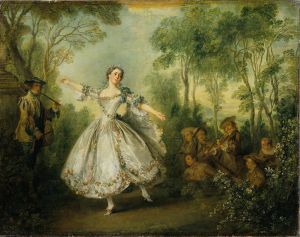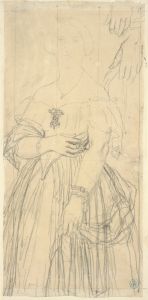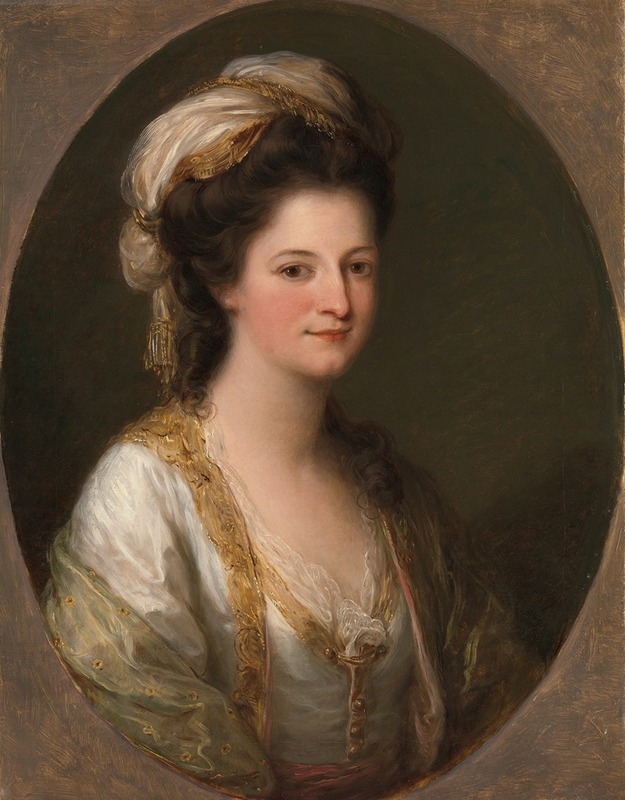
Portrait of a woman, traditionally identified as Lady Hervey
A hand-painted replica of Angelica Kauffmann’s masterpiece Portrait of a woman, traditionally identified as Lady Hervey, meticulously crafted by professional artists to capture the true essence of the original. Each piece is created with museum-quality canvas and rare mineral pigments, carefully painted by experienced artists with delicate brushstrokes and rich, layered colors to perfectly recreate the texture of the original artwork. Unlike machine-printed reproductions, this hand-painted version brings the painting to life, infused with the artist’s emotions and skill in every stroke. Whether for personal collection or home decoration, it instantly elevates the artistic atmosphere of any space.
Angelica Kauffmann's "Portrait of a Woman, Traditionally Identified as Lady Hervey" is a painting attributed to the renowned Swiss-born Neoclassical artist Angelica Kauffmann (1741–1807). Kauffmann was one of the most prominent female painters of the 18th century, celebrated for her portraits, history paintings, and her role as a founding member of the Royal Academy of Arts in London.
The painting depicts a seated woman, elegantly dressed, with a serene and composed expression. The subject has traditionally been identified as Lady Hervey, though there is no definitive evidence to confirm this attribution. The identity of the sitter remains uncertain, as does the exact date of the painting's creation. Kauffmann was known for her ability to capture the grace and refinement of her subjects, and this work exemplifies her skill in portraying the elegance and dignity of women of her time.
Kauffmann's style reflects the influence of Neoclassicism, characterized by its clarity, balance, and emphasis on classical ideals. Her portraits often incorporated elements of classical antiquity, such as drapery and poses inspired by ancient sculptures, which can also be observed in this work. The painting demonstrates her mastery of color, composition, and the delicate rendering of textures, particularly in the sitter's clothing and features.
While the painting has been associated with Lady Hervey, there is limited historical documentation to support this claim. Lady Hervey could refer to one of several women from the Hervey family, a prominent British aristocratic lineage, but no conclusive evidence links the portrait to a specific individual. As a result, the title remains a traditional attribution rather than a confirmed identification.
The work is an example of Kauffmann's broader contribution to 18th-century portraiture, where she often depicted women with an emphasis on intellect, virtue, and refinement. Her portraits were highly sought after by the European elite, and her reputation extended across England, Italy, and beyond.
Today, the painting is recognized as part of Kauffmann's artistic legacy, though its precise provenance and the identity of the sitter remain subjects of scholarly interest. It serves as a testament to Kauffmann's talent and her significant role in the history of art during a period when female artists faced considerable societal challenges.





